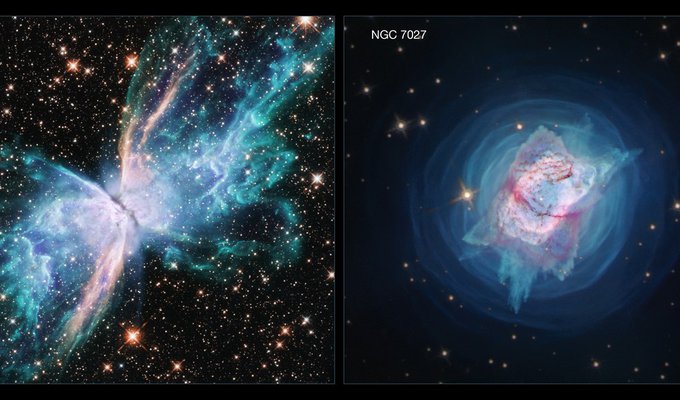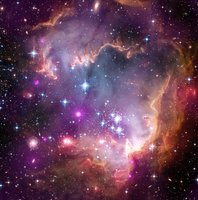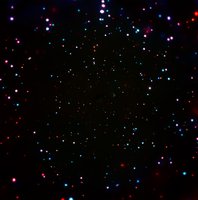A Tale of Two Beauties
18 Iunie 2020
This page isn't available in your language yet, if you'd like to provide a translation please contact us at
[email protected]
The Hubble Space Telescope has captured two new beautiful images of two planetary nebulae. On the left is NGC 6302, which is commonly known as the Butterfly Nebula. On the right is an object that resembles a jewel bug and is formally known as NGC 7027.
What’s In a Name?
Planetary nebula, despite what the name suggests, has nothing to do with planets at all! They are clouds of cosmic gas and dust created when a Sun-like star blows off its outer layers of material. This happens near the end of the star’s life.
So where did the name come from? The word “nebula” means “cloud” in an old language called Latin. When these objects were first discovered, astronomers thought that they looked similar to how the planets Uranus and Neptune look in small telescopes. Sometimes names stick!
New Insights
The Hubble Space Telescope has imaged these objects before, but not for many years and never before with a special instrument on the telescope called the Wide Field Camera 3. This instrument has now captured these two planetary nebulae with different capabilities to achieve more complete and detailed pictures.
The new Hubble images reveal in vivid detail how both nebulae are quickly splitting themselves apart. This allows astronomers to see changes in these objects over the past twenty years. In particular, they are tracing and studying shock waves in these beautiful structures. This is much like a rock thrown into a pond that creates ripples throughout the surrounding water.
The researchers also suspect that at the heart of each nebula were two stars orbiting around each other. This is known as a binary stars. They know this because of the bizarre shapes of these nebulae.
Image credit: NASA, ESA, and J. Kastner (RIT)

Cool Fact
Actually over half of all stars in the Universe are in binary systems. Some of these systems even have three or even more stars in them! You can even see a famous binary star with your naked eye from Earth: the star Mizar and its companion Alcor in the Big Dipper!
 Imagine
Imagine
 Print Friendly Version
Print Friendly Version
Still curious? Learn more...

What is Space Scoop?

Discover more Astronomy

Inspiring a New Generation of Space Explorers

Space Scoop Friends




















